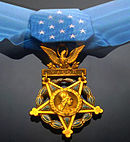Month: January 2022
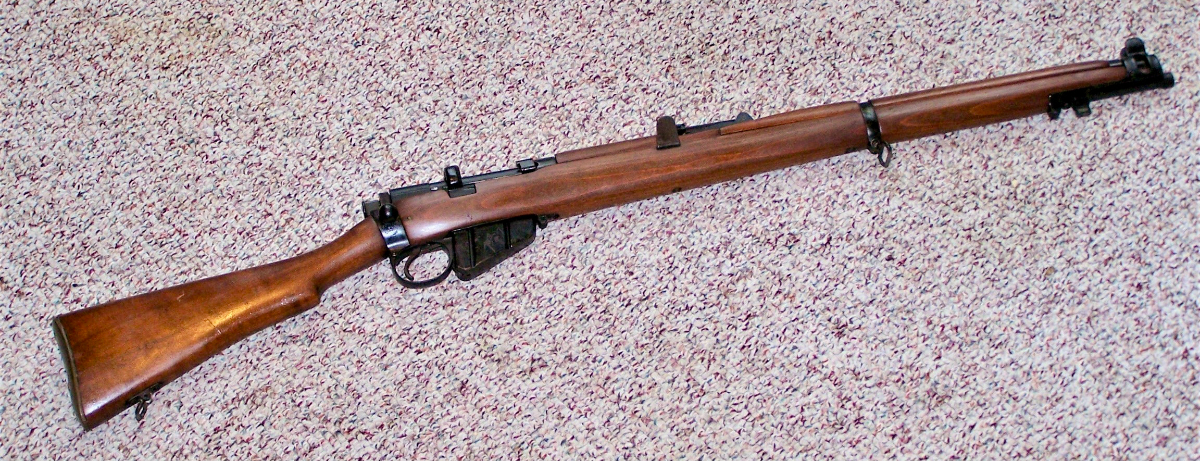
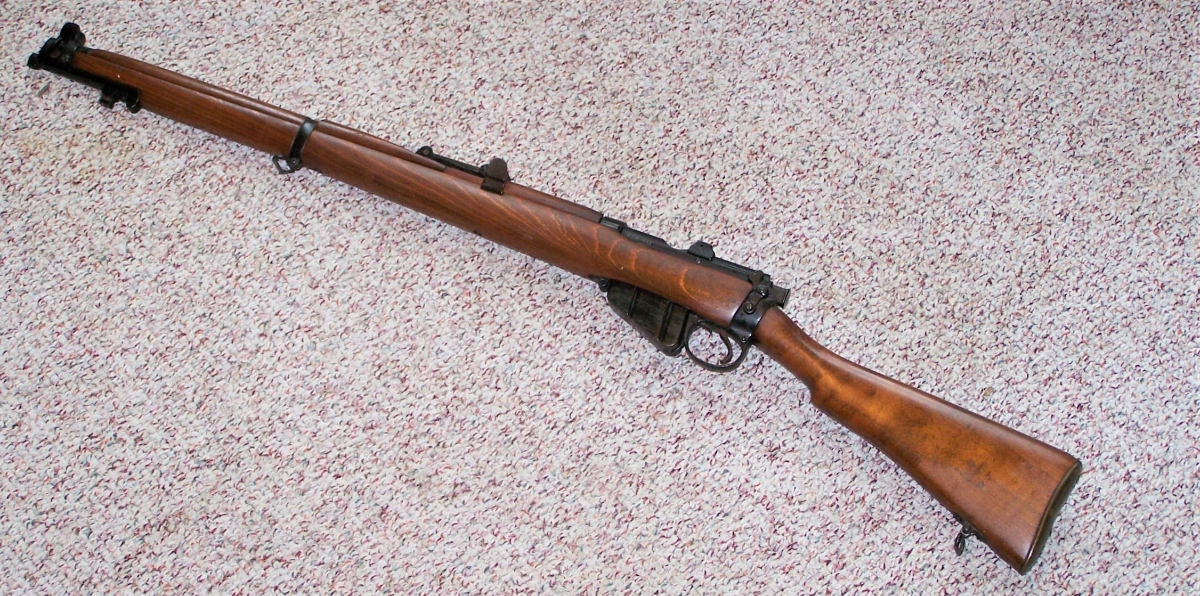
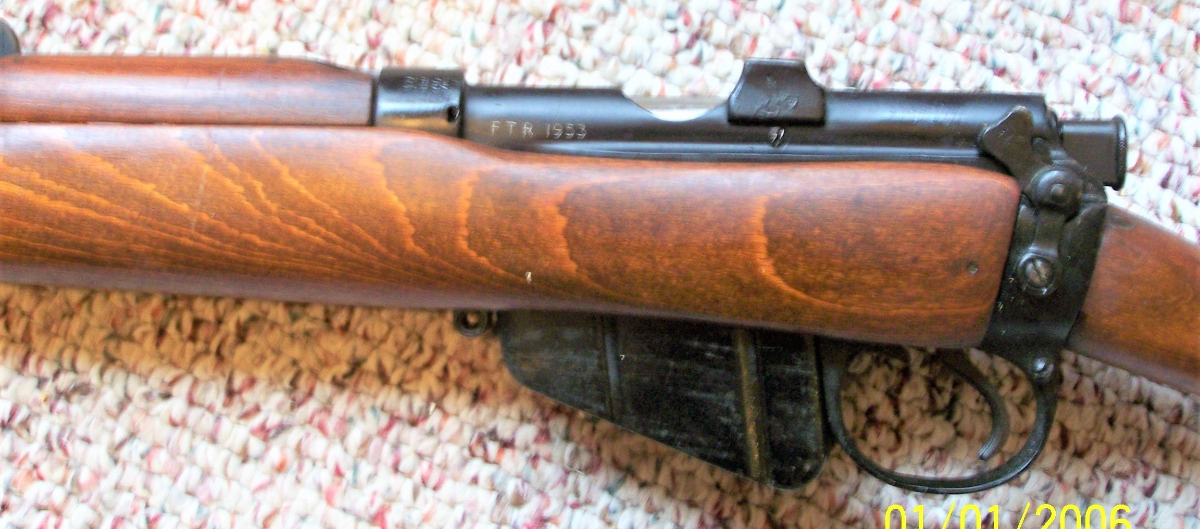
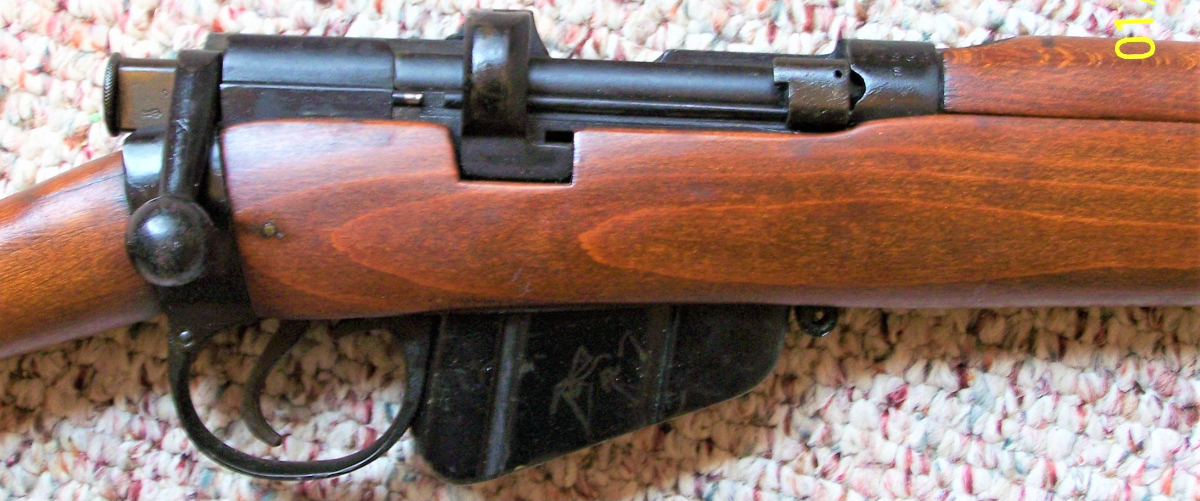



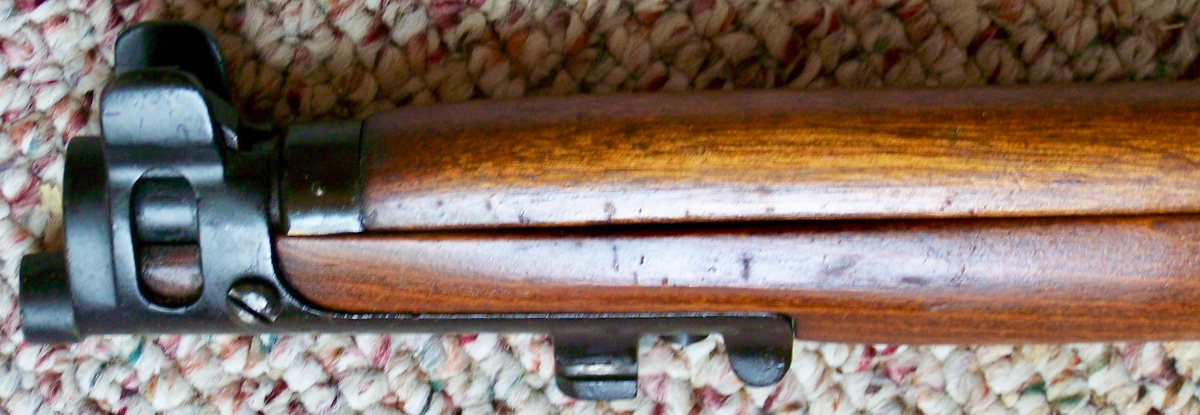
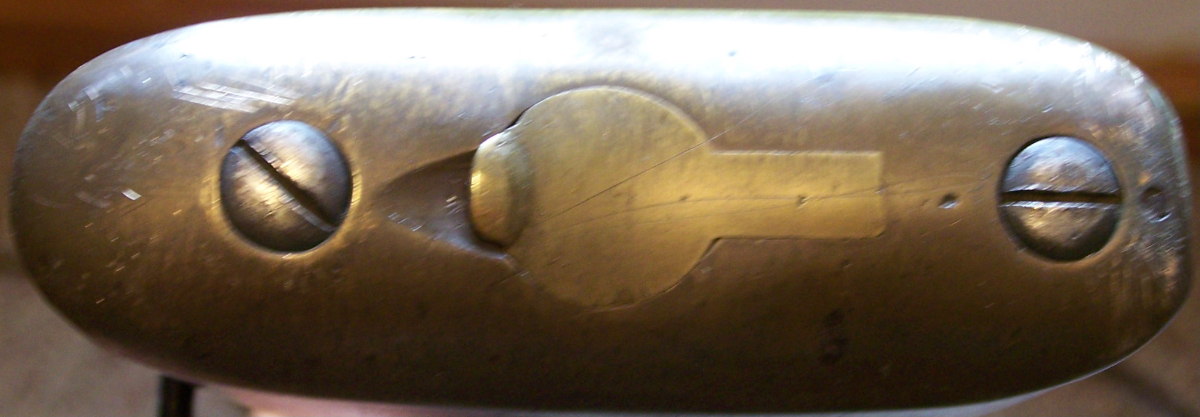
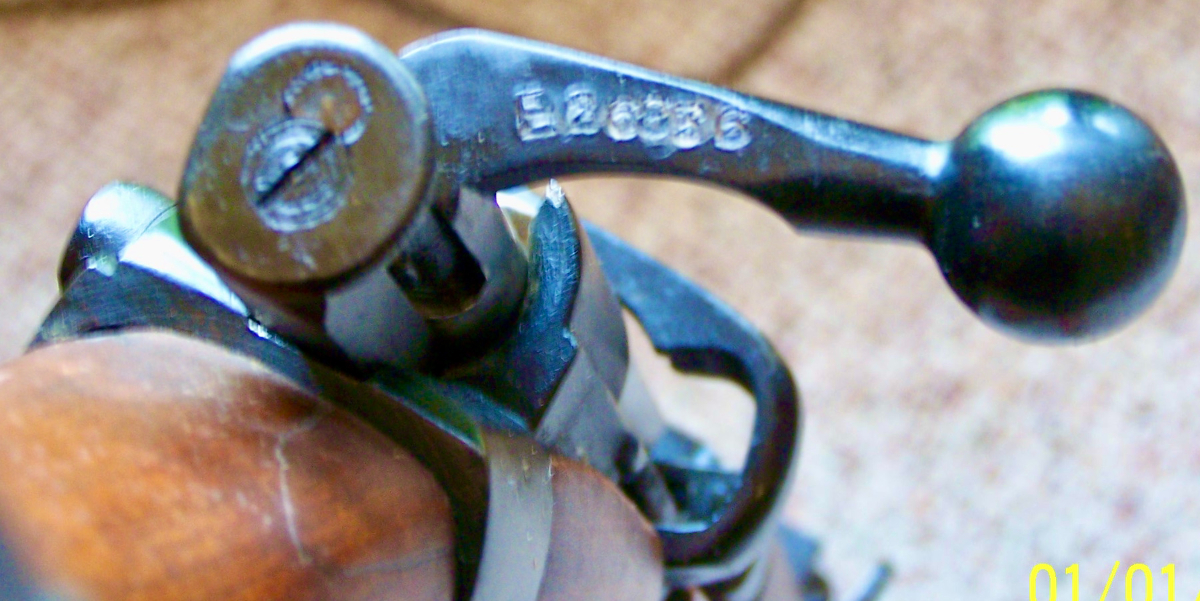
What a Stud is all that I can say!
Robert L. Howard
|
Robert L. Howard
|
|
|---|---|

Colonel Robert L. Howard
|
|
| Born | July 11, 1939 Opelika, Alabama |
| Died | December 23, 2009 (aged 70) Waco, Texas |
| Buried |
Arlington National Cemetery Section 7A Grave 138
|
| Allegiance | United States |
| Service/ |
|
| Years of service | 1956–1992 |
| Rank | Colonel |
| Unit | 101st Airborne Division 5th Special Forces Group MACV-SOG Special Operations Command Korea |
| Battles/wars | Vietnam War |
| Awards | Medal of Honor Distinguished Service Cross Silver Star Defense Superior Service Medal Legion of Merit (4) Bronze Star (4) Purple Heart (8) Meritorious Service Medal (3) Air Medal (3) Joint Service Commendation Army Commendation Medal (7) |
| Other work | Department of Veterans Affairs |
Robert Lewis Howard (July 11, 1939 – December 23, 2009) was the most highly decorated officer of Vietnam United States Army Special Forces and Medal of Honor recipient of the Vietnam War.
He was wounded 14 times over 54 months of combat, was awarded the Medal of Honor, eight Purple Hearts, a Distinguished Service Cross,[a] a Silver Star, and four Bronze Stars.
He was nominated for the Medal of Honor three times over a 13-month period but received lesser medals for the first two nominations, which were for actions performed in Cambodia where the U.S. was fighting covertly. He was awarded the Medal of Honor for his actions on December 30, 1968, his third nomination.
He retired from the US Army after 36 years of service as a full colonel. He was one of the most decorated soldiers in the Vietnam War and was “said to be the most decorated service member in the history of the United States”.
He died as a result of pancreatic cancer, and was buried at Arlington National Cemetery on February 22, 2010.
Biography[edit]
Howard enlisted in the Army in 1956 at Montgomery, Alabama and retired as colonel, Army Special Forces, in 1992.
Howard’s service in Vietnam included assignments with 1/327th Airborne Infantry, 1st Brigade, 101st Airborne Division, 5th Special Forces Group and MACV-SOG
As a staff sergeant of the highly classified Military Assistance Command, Vietnam – Studies and Observations Group (MACV-SOG), Howard was recommended for the Medal of Honor on three occasions for three individual actions during thirteen months spanning 1967–1968. The first two nominations were downgraded to a Silver Star and the Distinguished Service Cross due to the covert and top secret nature of the operations in which Howard participated.
As a sergeant first class of the SOG, he risked his life during a rescue mission in Cambodia on December 30, 1968, while second in command of a platoon-sized Hatchet Force that was searching for missing American soldier Robert Scherdin for which he was awarded the Medal of Honor.[2]: 205–6 [3] He learned of the award over a two-way radio while under enemy fire, immediately after being wounded, resulting in one of his eight Purple Hearts.[4]
Howard was wounded 14 times during a 54-month period in the Vietnam War. For his distinguished service, Howard received a direct appointment from Master Sergeant to First Lieutenant in December 1969.
Howard graduated from Ranger School class 7-73 in May 1973 and served with the 2nd Ranger Battalion at Fort Lewis, Washington as company commander. From 1977 to 1978 he served as Mountain Ranger Training instructor.
Howard later served as officer-in-charge of Special Forces training at Camp Mackall, near Ft. Bragg, N.C., and later, commanding the Mountain Ranger Training Camp at Dahlonega, Georgia
Howard graduated from the National War College, Class 1987–1988.
He received two master’s degrees during his Army career which spanned 1956 to 1992. Howard retired as a colonel in 1992.[5]
He was one of the most decorated soldiers in the Vietnam War.[6][7] NBC News said that Howard may have been the most highly decorated American soldier of the modern era,[8] while KWTX-TV states that he was “said to be the most decorated service member in the history of the United States”.[9] John Plaster in his 1998 book SOG: The Secret Wars of America’s Commandos in Vietnam states that Howard “remains to this day the most highly decorated American soldier.”[2]: 204
His residence was in Texas and he spent much of his free time working with veterans until the time of his death. He also took periodic trips to Iraq to visit active duty troops.[8]
Howard died of pancreatic cancer at a hospital in Waco, Texas, on December 23, 2009. He was survived by four children and five grandchildren.[5][10]
His funeral was in Arlington National Cemetery on February 22, 2010. [11]
Legacy[edit]
In 2014, Howard was announced as the recipient of United States Special Operations Command‘s Bull Simons award for his “lifetime achievements in Special Operations”.[12]
In April 2017 a building at the Rowe Training Facility on Camp Mackall was named Howard Hall in his honor.[13]
Medal of Honor Citation[edit]
The President of the United States in the name of The Congress takes pride in presenting the MEDAL OF HONOR to
FIRST LIEUTENANT
ROBERT L. HOWARD
UNITED STATES ARMYfor service as set forth in the following CITATION:
For conspicuous gallantry and intrepidity in action at the risk of his life above and beyond the call of duty. 1st Lt. Howard (then SFC .), distinguished himself while serving as platoon sergeant of an American-Vietnamese platoon which was on a mission to rescue a missing American soldier in enemy controlled territory in the Republic of Vietnam. The platoon had left its helicopter landing zone and was moving out on its mission when it was attacked by an estimated 2-company force. During the initial engagement, 1st Lt. Howard was wounded and his weapon destroyed by a grenade explosion. 1st Lt. Howard saw his platoon leader had been wounded seriously and was exposed to fire. Although unable to walk, and weaponless, 1st Lt. Howard unhesitatingly crawled through a hail of fire to retrieve his wounded leader. As 1st Lt. Howard was administering first aid and removing the officer’s equipment, an enemy bullet struck 1 of the ammunition pouches on the lieutenant’s belt, detonating several magazines of ammunition. 1st Lt. Howard momentarily sought cover and then realizing that he must rejoin the platoon, which had been disorganized by the enemy attack, he again began dragging the seriously wounded officer toward the platoon area. Through his outstanding example of indomitable courage and bravery, 1st Lt. Howard was able to rally the platoon into an organized defense force. With complete disregard for his safety, 1st Lt. Howard crawled from position to position, administering first aid to the wounded, giving encouragement to the defenders and directing their fire on the encircling enemy. For 31⁄2 hours 1st Lt. Howard’s small force and supporting aircraft successfully repulsed enemy attacks and finally were in sufficient control to permit the landing of rescue helicopters. 1st Lt. Howard personally supervised the loading of his men and did not leave the bullet-swept landing zone until all were aboard safely. 1st Lt. Howard’s gallantry in action, his complete devotion to the welfare of his men at the risk of his life were in keeping with the highest traditions of the military service and reflect great credit on himself, his unit, and the U.S. Army.
General Orders: Department of the Army, General Orders No. 16 (March 24, 1971)
Action Date: December 30, 1968
Service: Army
Regiment: 5th Special Forces Group (Airborne)
Division: 1st Special Forces
Distinguished Service Cross Citation[edit]
Robert L. Howard The President of the United States of America, authorized by Act of Congress, July 9, 1918 (amended by act of July 25, 1963), takes pleasure in presenting the Distinguished Service Cross to Sergeant First Class Robert Lewis Howard (ASN: RA-14628152), United States Army, for extraordinary heroism in connection with military operations involving conflict with an armed hostile force in the Republic of Vietnam, while serving with Command and Control (Central), 5th Special Forces Group (Airborne), 1st Special Forces. Sergeant First Class Howard distinguished himself by exceptionally valorous actions on 21 November 1967, as Special Forces Advisor to a joint American and Vietnamese reconnaissance patrol conducting a search mission near the Laotian border. His patrol discovered a huge rice and ammunition cache surrounded by an enemy bunker complex. Sergeant Howard led a small team to provide security while the remainder of the unit began to destroy the stored supplies. His team encountered four North Vietnamese Army soldiers, and Sergeant Howard killed them with a fierce burst of rifle fire. He and his men were immediately pinned down by a murderous curtain of fire which erupted from a nearby enemy machine gun position. With complete disregard for his safety, Sergeant Howard crawled toward the emplacement and killed a North Vietnamese sniper who was firing at him as he maneuvered. He then charged the bunker, eliminating its occupants with rifle fire. A second machine gun position unleashed a savage barrage. Sergeant Howard moved his troops to a covered location and directed an air strike against the fortified bunker. While assessing the bomb damage, Sergeant Howard was fired upon by North Vietnamese soldiers in the bunker who had survived the blasts. Pinned down directly outside the strongpoint with a blazing machine gun barrel only six inches above his head, he threw a hand grenade into the aperture of the emplacement, killing the gunners and temporarily silencing the weapon. He then dashed to his team’s location and secured a light anti-tank weapon. As the enemy machine gun resumed firing, Sergeant Howard stood up amid a withering hail of bullets, fired his weapon, and completely demolished the position. His fearless and determined actions in close combat enabled the remainder of the patrol to destroy the enemy cache. Sergeant First Class Howard’s extraordinary heroism and devotion to duty were in keeping with the highest traditions of the military service and reflect great credit upon himself, his unit, and the United States Army.
Service: Army
Division: 1st Special Forces
GENERAL ORDERS:
General Orders: Headquarters, U.S. Army, Vietnam, General Orders No. 2018 (May 2, 1968)Citation:
Action Date: 21-Nov-67
Service: Army
Rank: Sergeant First Class
Company: Command and Control (Central)
Regiment: 5th Special Forces Group (Airborne)
Division: 1st Special Forces
Silver Star Citation[edit]
Robert L. Howard The President of the United States of America, authorized by Act of Congress, July 9, 1918, takes pleasure in presenting the Silver Star to Sergeant First Class Robert Lewis Howard (ASN: RA-14628152), United States Army, for gallantry in action while engaged in military operations involving conflict with an armed hostile force in the Republic of Vietnam, while serving with Headquarters and Headquarters Company, 5th Special Forces Group (Airborne), 1st Special Forces. Sergeant First Class Howard distinguished himself by exceptionally valorous actions from 12 to 20 November 1968, during an operation deep within enemy-held territory. As his platoon was being inserted into the area, it came under heavy fire from all directions. Sergeant Howard leaped from his helicopter before it touched down and began to return fire, providing protection for his men while they dismounted and moved safely off the landing zone. Seeing two enemy soldiers in a wood line, he charged their position and killed them both. When the unit was attacked by a company-size force on the night of 16 November, he went to each platoon member, encouraging them and directing their fire while completely exposing himself to the communist barrage. Two days later while Sergeant Howard was leading the point element, the platoon was ambushed by an estimated two North Vietnamese Army companies. He skillfully maneuvered his men so that the enemy was caught in a deadly crossfire and the ambush was broken. The following day, Sergeant Howard had again taken the point element when he observed an estimated battalion-size ambush. Although wounded in the initial exchange of fire, he exposed himself to the aggressors to place effective fire on them and enable his platoon to take cover. Moving from position to position, he administered first aid to the wounded and set up a landing zone so that they could be evacuated. As the first ambulance helicopter came in, it was struck by hostile machine gun fire and burst into flames. Sergeant Howard, although wounded a second time, ran one hundred and fifty meters to where the ship had crashed and rescued a trapped pilot from the blazing wreckage. Once the entire crew was free from the aircraft, he led them back to the platoon while providing covering fire. Three hours later another helicopter succeeded in landing and the casualties were evacuated, but Sergeant Howard refused to leave. The next morning, he saw three North Vietnamese soldiers maneuvering towards his element and immediately opened fire, killing them.[14]
Service: Army
Regiment: 5th Special Forces Group (Airborne)
Division: 1st Special Forces
GENERAL ORDERS:
Headquarters, U.S. Army, Vietnam, General Orders No. 371 (February 3, 1969)Citation:
Awards and decorations[edit]
|
|
|
|
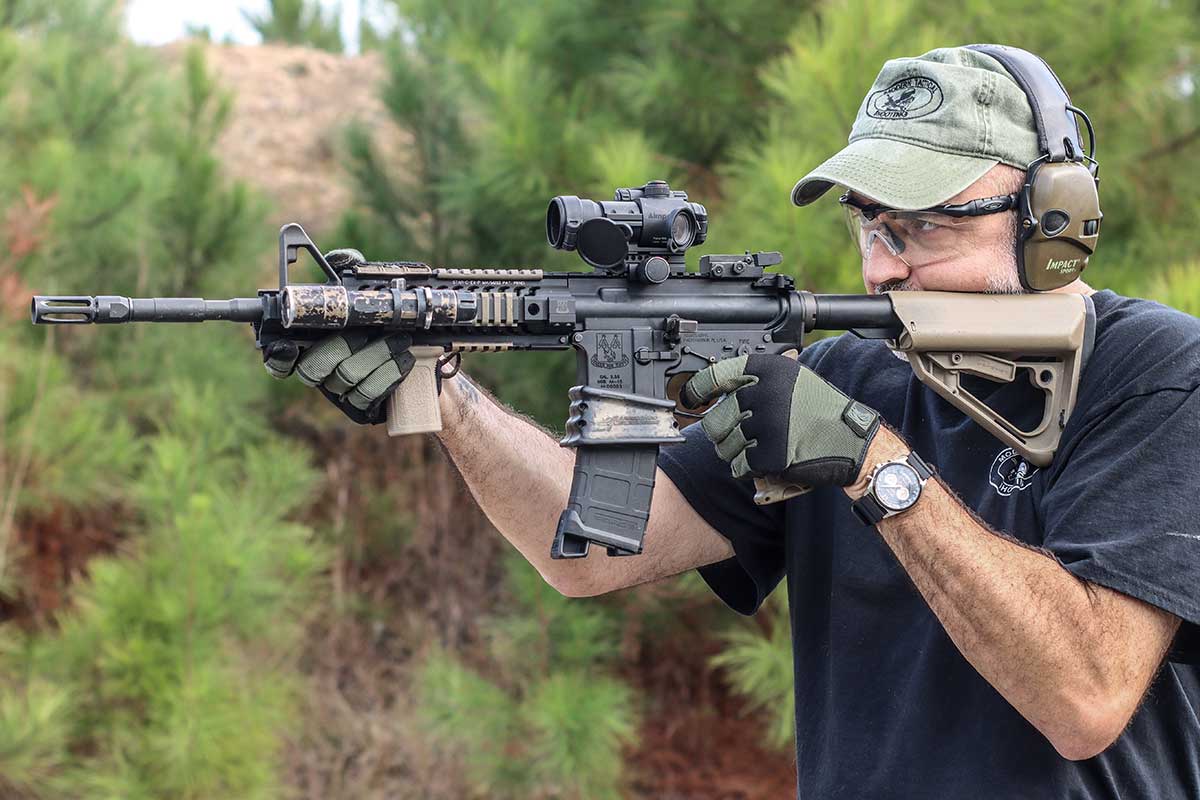
To incapacitate a threat as quickly as possible, many will agree shot placement is a key factor, accomplishing this with the double tap or controlled pair, (two aimed shots) into a vital area being taught spending an extraordinary amount time focusing on super tight accuracy, so one can place the two rounds within a very tight group.
So how is it then, that in many lethal force encounters, instead of a couple of well-aimed, center mass shots taking place to stop a threat we see large numbers of rounds being fired, often peppering all over the target. Is it because the officer did not get enough time or ammo on the range? Lack of emphasis on accuracy? Or maybe too long of time between range training session? What if I were to say, it’s a failure to correctly train to begin with?
I’m not questioning the effectiveness of good shot placement, in fact I have indeed witnessed a few one shot stops during my time serving Afghanistan, with the U.S Army with M855 62-gr. “Green Tip”, known to be a poor performer at close range.
So, what is going on? Why do many lethal force encounters end with high numbers of rounds being fired as opposed to two clean shots into the vitals? I suggest, how we are trained does not pair up with how our bodies natural response to a threat.
FEEDBACK OR LACK THERE OF
When faced with a threat, it’s natural for one’s fight or flight response to kick in, dumping adrenaline into our body, preparing for either decision, (fight or run). When the decision to fight is made, we basically stay in combat mode until there is some sort of stimuli (usually visual) telling us the threat is no more.
A good example of this can be seen when training with simmunitions or even paintball, and airsoft guns. Often those who are engaged in a match and presented with an opposing team member in their sights, they will way lay away on the trigger, peppering the enemy or foe until they see a reaction. Either a hand up to signal they got hit, or siting down, threat dancing around yelling “stop!” or something similar.
The reason for continued shooting is not based on any sort of lack of training, instead they continue shooting until they get positive feedback via visual confirmation, that the threat is no more. In fight mode basically our brain needs visual confirmation that the threat has ceased to exist.
Except for the experienced, it goes against our very nature and programming when faced with a threat to respond in a slow methodical manner. Experience does play a part. The first time I ever engaged a threat in combat I don’t remember seeing the center dot of my EOTech reticle at all, that along with some other novice mistakes. Fast forward multiple combat tours later, to my last one in 2015. I remember precise aiming for the most part, with every shot I took and applying fundamentals while doing so.
Back to natural reaction. This is my beef with controlled pairs and spending a lot of time with slow methodical shot placement. In real life, there is a good chance that one’s ability to take precise aim and place two center rounds one-inch apart into the vitals is going to happen. Instead, it is more likely (especially with a handgun), one is going index the gun center mass and starting shooting, not stopping until the threat shows it’s been affected.

In the time it takes most to do a super tight double tap with a pistol, one can with practice, fire out a fist size, five-shot string within the same time. Not only is this more effective, but also better fits one’s natural response to keep shooting until the threat is down.
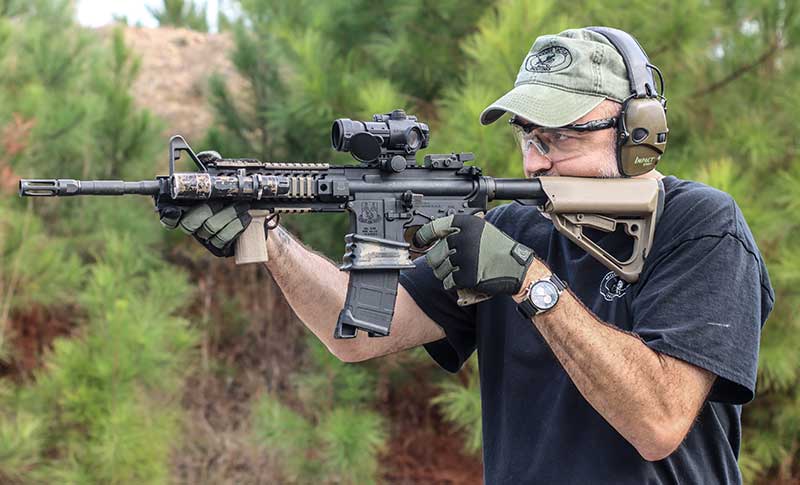
At close range under stress, many forget to compensate for the height of bore difference between the optic and the muzzle. With ARs and most red dots it’s at least 2 ½ inches.
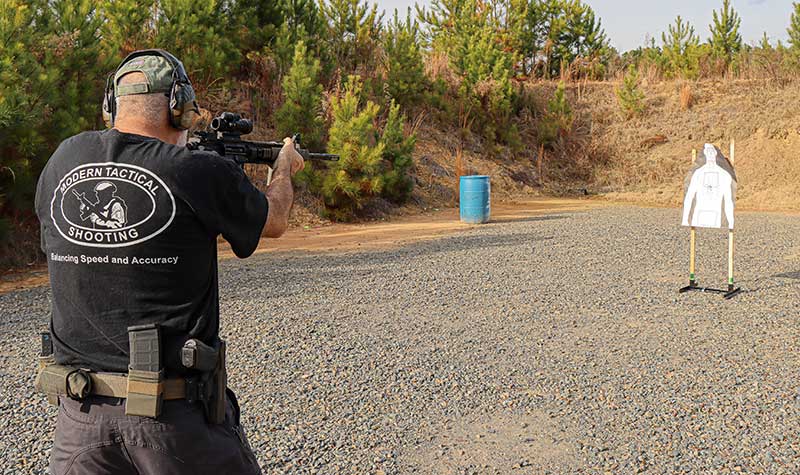
At seven yards when aiming center mass the rounds impact low. Aiming with the red dot placed at the base of the neck, would ensure heart and lung shots, significantly increasing lethality.
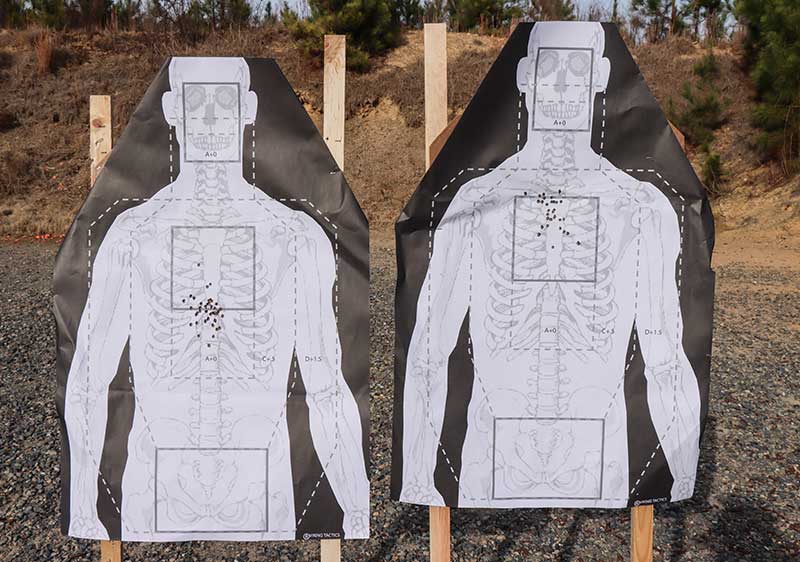
Traditional aiming center mass (left) bullets impact low just under the vitals. Using the JSWBR’s recommendation (right) to shift the point of aim to base of the neck. This takes into account the height of the optic and would significantly increase lethality.
JOINT SERVICES WOUND BALLISTICS REPORT
A similar finding was made by the U.S. Army back in the early years in Iraq and Afghanistan during the War on terror. In 2006 the Joint Services Wound Ballistic Report, (JSWBR), was published. This report was basically an after-action review of both soldiers shooting performance and the terminal effectiveness of the M855 62-gr. 5.56 round. Basically, the JSWB highlighted two issues as to why the M855 round was a poor performer at close range.
The first was the design of the bullet itself and its failure to yaw or turn in the body like the old M193 55-gr. bullet out of a 1:12 twist barrel (as was used with M16A1s in Vietnam). Secondly and pointed out as a bigger of the two issues, was poor shot placement. Basically, soldiers were not hitting enemy combatant in vitals areas for instant incapacitation.
It was noted, in many instances, threats were hit too low, meaning instead of center mass in the heart and lung area they were instead, hit in the abdomen area, which resulted in the need to shoot multiple rounds. Well above the taught, two round, double tap to get the job done. The JSWBR identified training as the issues as to why this was happening.
One reason being an offset issue at close range and soldiers not accounting for the height above bore between the optic and the muzzle. So, as soldiers aimed center mass as they were trained to do. The mechanical offset of the point of aim (POA) and point of impact (POI) resulted in hitting low, just under the vital heart and lung area.
Basically, being trained to shoot center mass and not holding off high around the base of the neck to account for the POA/POI difference was a problem. And while the JSWBR did not come out right and say it, the report did recognize the difficulty in trying to fix this flaw in training due to the natural tendency when under stress to aim at the portion of the body guaranteeing a better chance of a hit over that of a vital area if it’s deemed harder.
This was pointed out in the report’s recommendation to change from aiming center mass to aiming at the base of the neck on a threat. The reported stated it may be hard to get soldiers to do this based out of fear of missing over the soldiers of the target. Again, they do not come out and say, “natural reaction,” but if you read the entire report, they do mention how some aspects could be “counter-intuitive” and recognized that this might have to be overcome somehow in training.
TRAINING SCARS
Based off this information, as well as with feedback from soldiers who had participated in real world CQB, changes were implemented within my Special Forces unit. Double taps were placed with shooting five-round strings as the standard method of engagement when faced with close range threats. One thing that was noticed after implementation was the overall poor accuracy in strings of fire beyond two rounds.
Basically, firing two rounds had become a training scar. Soldiers were finding it hard maintaining good fundamentals throughout a longer string resulting in large groups and weak hits with any subsequent rounds past the traditional two from a double tap.
This was in training so one can have little doubt that in real combat, after shooting a double tap, basically panic fire is happening, peppering shots all over the threat. Once again, it’s a natural reaction to keep shooting until there is visual stimuli letting one know the threat is defeated.
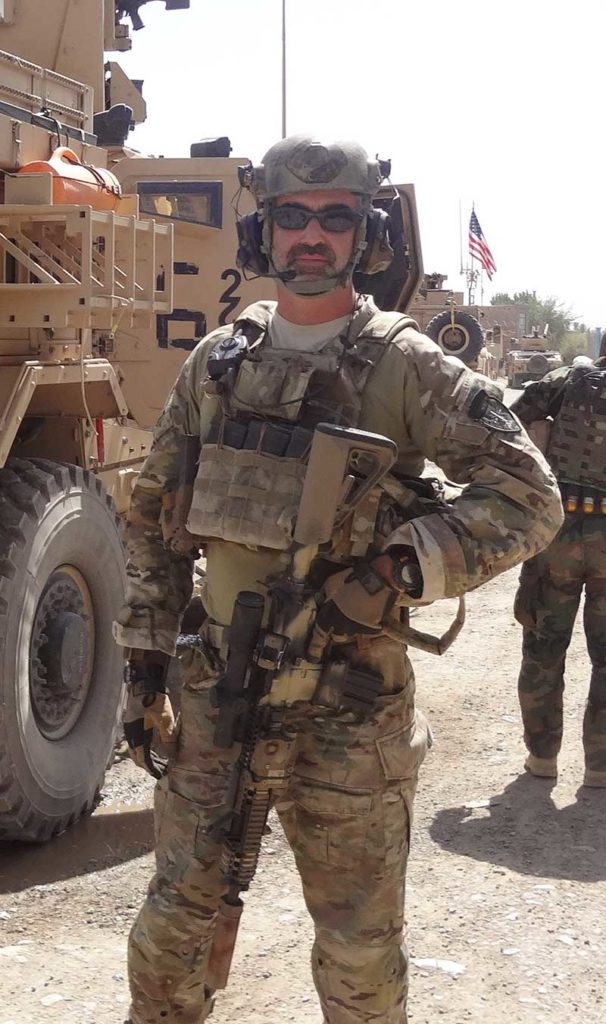
Jeff Gurwitch is a 26-year Army Veteran, 19 of those years with U.S. Army Special Forces, with nine tours of combat. He is the owner/operator of Modern Tactical Shooting, providing free how to and shooting informational videos via YouTube and offers marksmanship training courses.
THE SOLUTION
The first time an officer shoots a high round count string into a target should not be in the middle of a life and death fight. Instead, the sooner one starts training to shoot at least five round strings the more natural it will become, resulting in being able to drive the gun and maintain it on target throughout all shots being fired, whether its two or a dozen.
If one starts training from the get-go to deliver high round counts, it results in both much tighter groups and faster delivery of shots.
HEAD SHOTS?
Why not just practice head shots? After all, take out the brain and you get instant incapacitation. Sure, in training headshots can be easy, but it still takes conscious thought to make that decision aim for the head. Under stress this not a natural reaction to go for the smaller target. In real combat the head is a hard target to hit even at close range, especially if the threat is moving.
Our brain knows this and under stress for many the natural reaction will be to shoot the widest part of the body (easiest shot). So again, why not pair training with natural reaction and train from the get-go, to put a high volume of fire, high center of the threat, and drive it down.
A good way to test this, which I have tried during CQB training, is clear a structure shooting all targets with two to the body and one to the head. Then go back and conduct a run shooting all targets with five-round strings. What you will more than likely find is not only will one be faster shooting five round strings, but also just how difficult it is putting accurate head shots when faced with multiple targets at one time.
THE WRAP UP
While there are certainly plenty instances of one shot stops in gunfights that is not the norm. There is a good chance one will need to fire multiple shots into a threat to get the desired result.
So instead of hoping to rise to the occasion and having the mental clarity to be able to evaluate one’s hits while engaging a threat instead, how about paring one’s training with both proven methods of engagement and one’s natural reaction to danger? Doing so can improve one’s chances of coming out on top.
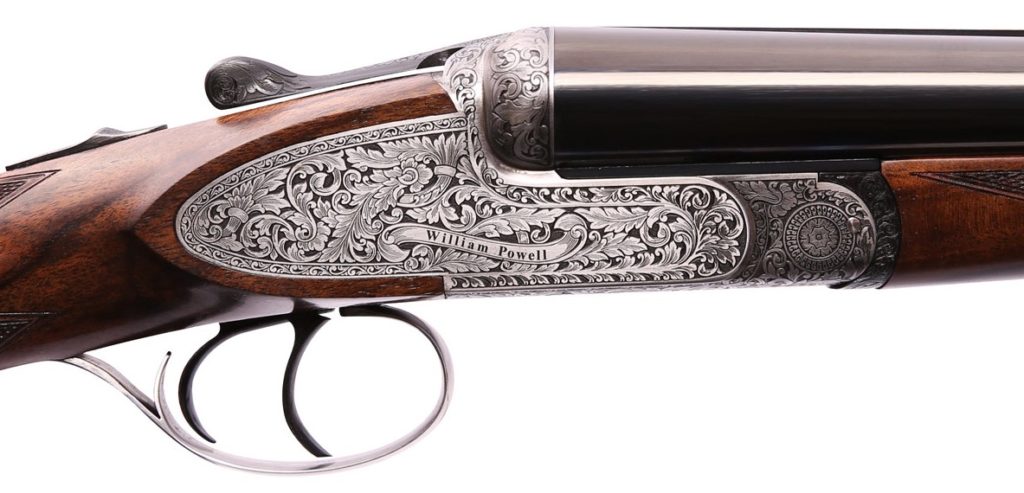

Well somebody is ready, I see!


